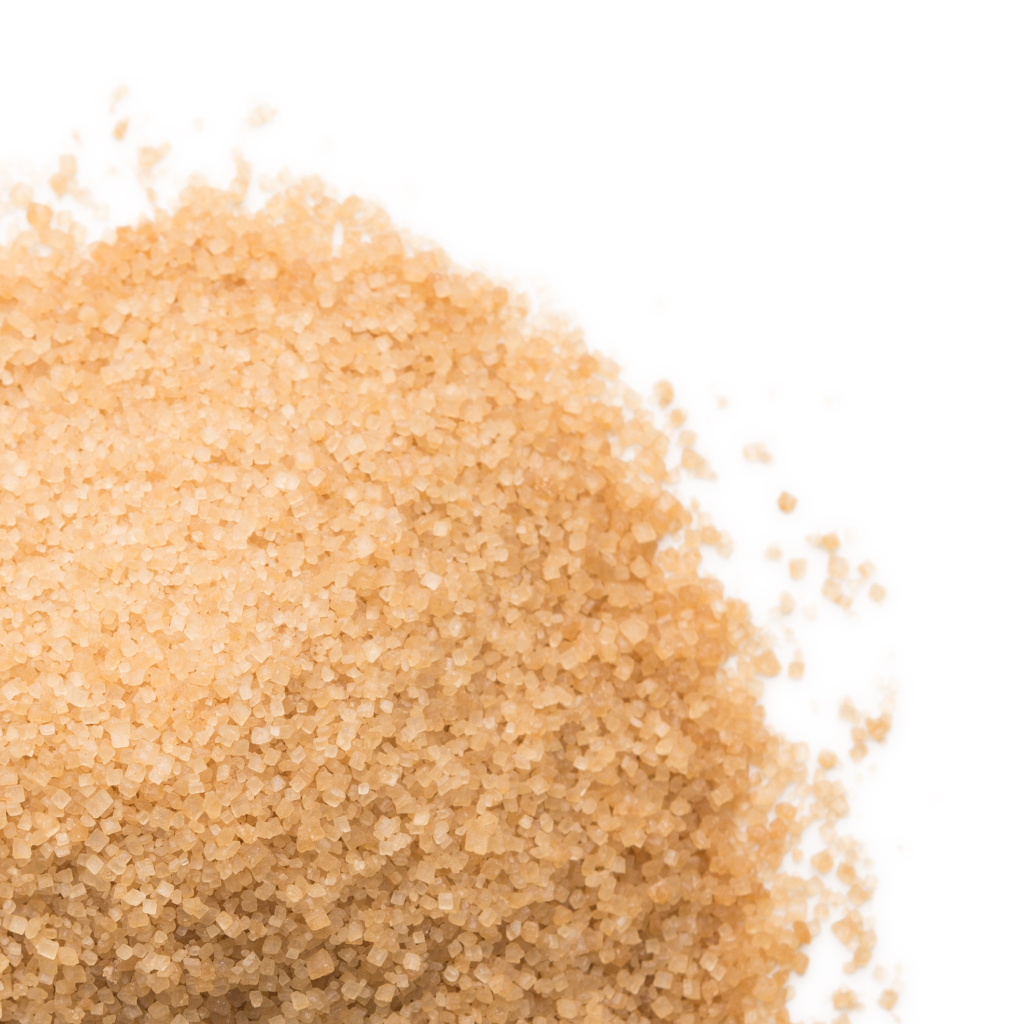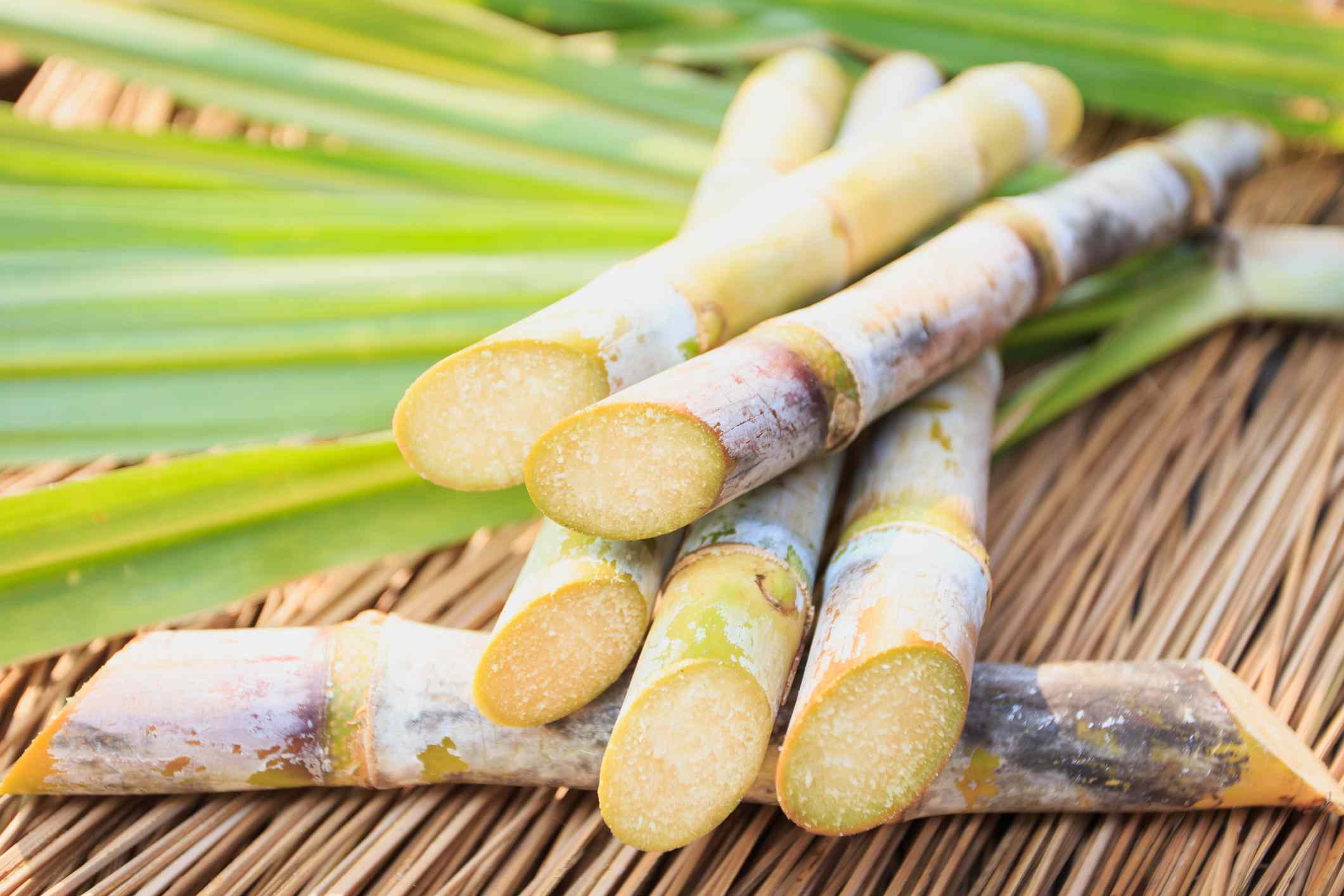Checking Out the Comprehensive Steps Associated With Walking Stick Sugar Processing From Collecting to Refinement
The process of walking cane sugar manufacturing incorporates a series of elaborate steps, beginning with the cautious harvesting of sugarcane and finishing in the refinement phases that make certain the end product fulfills industry requirements. Each stage, from the extraction of juice to the filtration and formation procedures, plays a vital duty in determining the quality and character of the sugar. Comprehending these phases not only highlights the complexity of sugar manufacturing however additionally increases critical inquiries regarding efficiency, sustainability, and development in the market. What implications do these aspects have for future techniques?
Collecting Sugarcane
Harvesting sugarcane is a critical step in the cane sugar processing chain, as it directly affects the top quality and return of the end product. Appropriate timing and strategies are crucial during this phase to ensure optimal sugar web content and decrease losses. Typically, sugarcane is harvested when it gets to maturation, normally 12 to 18 months after growing, defined by a high sucrose concentration.

Post-harvest, the sugarcane should be refined promptly to avoid sucrose degradation. Ideally, gathered cane must be delivered to refining facilities within 24 hours to maintain sugar top quality. As a result, effective logistical planning is crucial to maintain the honesty of the collected plant throughout the supply chain.
Extraction Process

The smashed cane undergoes a series of pushing procedures to make the most of juice healing. Typically, warm water is sprayed onto the smashed walking stick, creating a countercurrent flow that aids liquify the sugar while also aiding in the extraction process. The juice collected from this operation has not only sugar but likewise numerous organic substances and contaminations.

To boost removal performance, some facilities may employ diffusion techniques, where the sugarcane is taken in warm water, allowing the soluble sugars to diffuse into the fluid. The resulting juice, rich in sucrose, is then routed to succeeding processing phases, laying the foundation for filtration and improvement. The extraction process is thus essential in establishing the high quality and yield of the last sugar product.
Filtration Strategies
The filtration methods used in walking stick sugar processing are essential for changing the raw juice right into a top quality sugar item. These methods mainly intend to remove impurities, such as soil, plant products, and inorganic compounds, which can negatively impact the end product's flavor and shade.
One of one of the most typical filtration strategies is clarification. This process includes including lime and heat to the raw juice, which assists in the coagulation of pollutants. The resulting precipitate is after that removed through sedimentation or filtration, generating a clearer juice. Additionally, making use of phosphoric acid can More Help improve the clarification procedure by additional binding impurities.
Another considerable strategy is carbonatation, where carbon dioxide is introduced to the clarified juice. This reaction produces calcium carbonate, which catches staying impurities and promotes their elimination.
In addition, turned on carbon therapy may be used to adsorb any kind of continuing to be colorants and organic contaminations, making certain a much more polished product. The mix of these methods properly prepares the sugar juice for subsequent action in the refining Resources procedure, setting the phase for the manufacturing of high-grade cane sugar.
Formation Methods
After the purification stage, the following vital action in cane sugar handling involves formation techniques, which play a crucial function in changing the made clear juice into solid sugar. This process typically utilizes 2 primary methods: spontaneous condensation and regulated formation.
In spontaneous formation, supersaturated sugar solutions are allowed to cool naturally, leading to the formation of sugar crystals over time. This method permits for the consistent development of sugar crystals and greater purity.
During condensation, the made clear juice is concentrated via dissipation, raising its sugar content until it reaches supersaturation. Once this point is attained, either approach can assist in the condensation process. Cane Sugar Processing. The resultant sugar crystals are after that divided from the staying syrup with centrifugation
Ultimately, the selection of formation technique impacts the top quality, dimension, and purity of the final sugar product, making this action important in the overall walking cane sugar processing procedure.
Improvement and Packaging
Exactly how can the purity and high quality of walking stick sugar be better boosted after formation? The improvement process plays a critical role in attaining top notch cane sugar.
Following, the sugar goes through a process called centrifugation, where it is spun at broadband to divide the cleansed sugar crystals from the continuing to be fluid. After centrifugation, the sugar is commonly further refined through an approach called carbonization or phosphatation, which uses activated carbon or phosphoric acid to remove color and off-flavors.
As soon as refined, the sugar is dried to attain the wanted moisture content, making certain that it continues to be stable during storage and transport. The last action involves packaging the refined sugar in moisture-proof and closed containers to keep its top quality and protect against contamination. Cane home Sugar Processing. Proper packaging not only extends life span however additionally facilitates easy handling and distribution, making sure that customers get sugar that satisfies the highest possible standards of purity and quality
Final Thought
The thorough actions associated with cane sugar processing, from the precise harvesting of sugarcane to the elaborate refinement and packaging phases, highlight the value of each stage in making certain top notch sugar manufacturing. Ideal harvesting methods, effective extraction techniques, and extensive filtration procedures collectively add to the end product's purity and stability. The condensation and subsequent product packaging methods better enhance the integrity and life span of the sugar, highlighting the intricacy and precision intrinsic in this essential agricultural market.
The process of cane sugar manufacturing encompasses a collection of complex steps, beginning with the cautious harvesting of sugarcane and culminating in the improvement stages that guarantee the final item meets market criteria. Preferably, harvested walking cane ought to be delivered to refining facilities within 24 hours to maintain sugar high quality.In spontaneous formation, supersaturated sugar solutions are permitted to cool down normally, leading to the development of sugar crystals over time - Cane Sugar Processing. The improvement process plays an essential function in accomplishing high-quality walking stick sugar.The comprehensive steps entailed in walking cane sugar processing, from the thorough harvesting of sugarcane to the complex refinement and packaging stages, emphasize the significance of each stage in guaranteeing high-quality sugar production